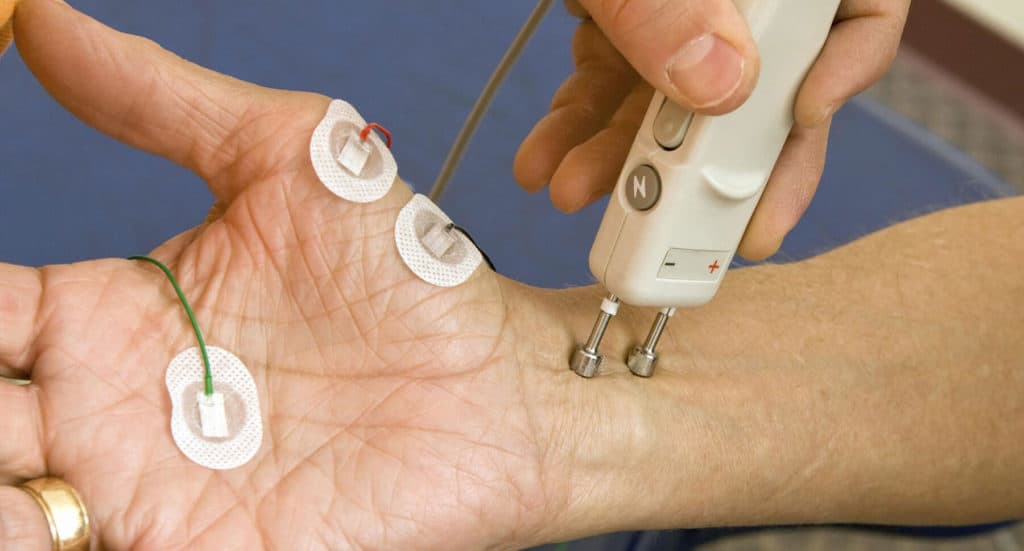

Radiculopathy symptoms may overlap with those of peripheral neuropathy, making it difficult to pinpoint the source of the problem. When the spinal cord is involved, the symptoms can be more severe, including poor coordination, trouble walking and paralysis. Herniated or bulging discs can sometimes press on the spinal cord and on the nerve roots. Sometimes, radiculopathy can be accompanied by myelopathy - compression of the spinal cord itself. Less common causes of radiculopathy include spinal infections and various cancerous and noncancerous growths in the spine that may press against the nerve roots.

Thickening (ossification) of the spinal ligaments may also lead to narrowing of the space around the nerve roots and subsequent nerve compression. Bone spurs can form in the spine due to inflammation from osteoarthritis, trauma or other degenerative conditions. This problem is most likely to occur in your lower back, but it can also affect your neck.Īnother possible cause of radiculopathy that may lead to narrowing of foramina is bone spurs - areas of extra bone growth. On occasion, these discs slip out of place or become damaged and press on nerves.

Spinal discs act as cushions between your vertebrae. One common cause of foraminal stenosis and radiculopathy is a bulging or herniated disc. But it can also be a result of a spinal injury. In most cases, foraminal stenosis is caused by gradual degeneration of the spine that happens as you age. The narrowing of foramina is known as foraminal stenosis, which is very similar to spinal stenosis that affects the spinal cord. When these tissues shift or change in size, they may narrow the spaces where the nerve roots travel inside the spine or exit the spine these openings are called foramina. These tissues include bones of the spinal vertebrae, tendons and intervertebral discs. Radiculopathy is typically caused by changes in the tissues surrounding the nerve roots. However, it’s also possible that you don’t experience any symptoms or you go through periodic flare-ups of symptoms. Your specific symptoms will depend on where in the spine the nerve root is pinched. Numbness of the skin, “pins and needles,” or other abnormal sensations (paresthesia) in the arms or legs Weakness or loss of reflexes in the arms or legs Sharp pain in the back, arms, legs or shoulders that may worsen with certain activities, even something as simple as coughing or sneezing This results in several unpleasant symptoms that may include: When a nerve root is compressed, it becomes inflamed.

The symptoms often follow a dermatomal distribution, and can cause pain and numbness that wraps around to the front of your body. This is the least common location for radiculopathy. Thoracic radiculopathy refers to a compressed nerve root in the thoracic area of the spine, which is your upper back.


 0 kommentar(er)
0 kommentar(er)
